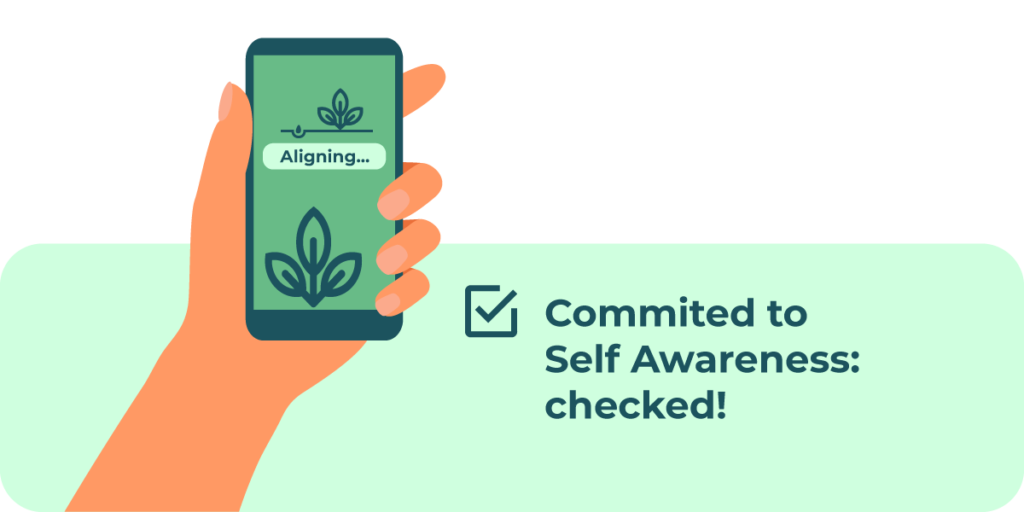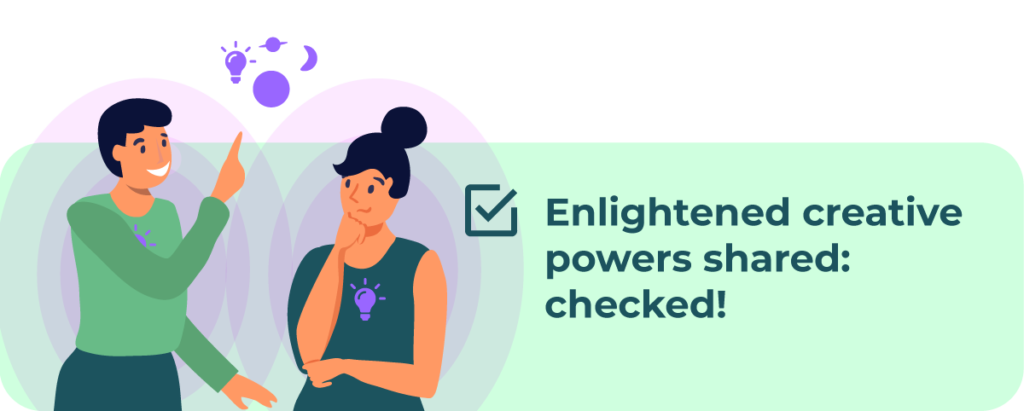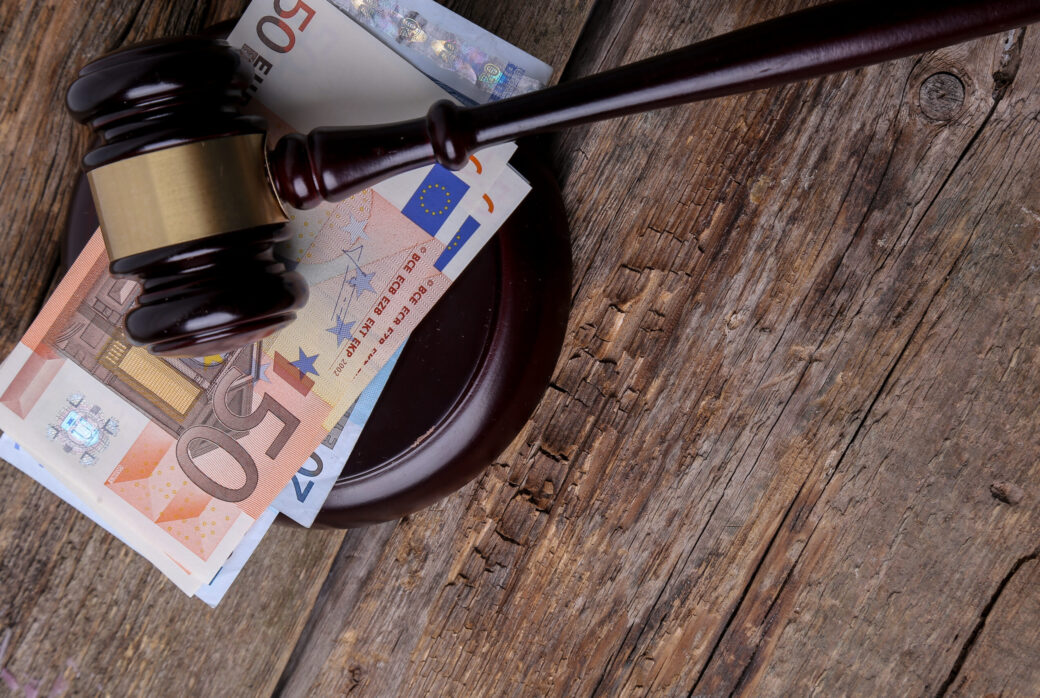2021: Ethics, Design and the Collective Industry
2021 is like coming into a new energy phase. It’s an awakening of what was working and not working in 2020, such as systems, ways of thinking or ways of how we want(ed) to show up as social and professional beings. The seed was planted and now we can start to embody it in a new practical way through the leadership of visionary choices that reflect how connected we all are in society. Are we ready to clarify this vision as digital creators?
Lets talk about user experiences vs manipulation, as an evolved species.
Designers are on the frontline of user experiences and decisions – for example, the buying processes for B2B and B2C eCommerce websites or digital content platforms, which are the type of projects we cater for in Monsoon Consulting. How we are allowed to participate in this process resides in the necessity to change the focus from “convince” to “guide”. Like Bruce Lee would say “Be water, my friend” – water is a great analogy for how designers collaborate with each other, teams, clients and projects. Especially with mass data and the increased perceptions of machine learning, ethics discussions are a necessity nowadays, so are we ready to discuss a few details?
Taking seriously the idea that all the “small” decisions on a daily basis creates the world we want we live in is the first step, and all small design decisions impact the learning curves that we encounter. It’s like a wavelength that sends a vibration with every intention.
The confrontation we normally have internally is by asking ourselves “Why is this being requested, being used, being validated”. At the end of the day, is it really to help the users achieve their goals?

“To ask the right question is already half the solution of a problem.”
Carl Jung
Being meaningful and impactful as a professional in everyday decisions is asking yourself:
- What can be learned by seeing the user as a human being (and not just a buyer) and their real deep need?
- What I have learned by bringing this concept to reality, from the unconscious and programmed mind to a more conscious and aware being?
- For 2021, does this decision impact/break a repetitive behaviour, does it open up new learnings, for an elevated purpose?
- Can I build growth with this decision? This question has duality: growing not just professionally, but how we charge and build our own batteries (afterall, we are electromagnetic beings).
At its foundations, the design team has a toolkit of resources, research & user testing validation methods, along with workshops built to strengthen the empathic magic much needed for the ethical collective wisdom.
UX Dark Patterns
Some of the quick business wins but poor user experiences decisions are known as dark patterns and are considered to be unethical design implementations. Dark patterns are defined as deceptive interactions which are designed to mislead or trick users into doing something that they don’t want to do.
We highly suggest you to revisit our blog post from our UI UX Designer Eoghan on this subject.
UX Copy (UX Writing)
UX writing represents the written content and language that enhances or worsens user experiences.
Part of the responsibility falls on the user as it is up to them to interpret the copy, for them to decide if words are useful, respectful, and allow the user to have control over the functionalities. That’s where research can be conducted through user interviews, contextual inquiries, or usability testing. Being versatile with microcopy across devices are decisions to be taken into consideration.
A call-to-action button that is more descriptive and manages user expectations can lead to less stress, more informative journeys and possibly less (anxious) calls to the support teams, especially for the B2B customers. The business impact normally is a significant decrease in the time the support teams spend helping users through points of frictions.
Why is it hard, although it looks simple? Between the design team, the development team and the client there’s a constant balance between “does it fit?”, “Does it have a high impact?”, “What about the effort?”, “Can we say it that way?”.
We know the importance of linguistics, and how part of the scientific study of the language and its analysis – by meaning and context – has a unique impact.
Introducing different ways to communicate to users can be sometimes daunting, but it doesn’t have to be. Most of our thoughts are programmed and reflect a repetition of yesterday’s thoughts, and past experiences, so making an enhancement on this approach can take some time. But if it’s for a better user experience and brings conscious awareness to new ways of interacting with a platform or product, it’s an opportunity to serve to the greater good.

“There are only two ways to influence human behavior: you can manipulate it or you can inspire it.”
Simon Sinek
Creating healthier Impacts: Trends and Usability
Informing the user might be the best trend for 2021. But coming from a year of too much news running on our screens and communications, we might need to lead with usability and transparency as the main goal. Here are a few ideas of how the trends merge with usability for 2021:
- Micro-interactions for user’s joyful moments to ease the stress of predominant technology usage.
- Informative illustrations, additional information points such as tooltips and relevant marketing communications.
- User interface which incorporates new studies. May it be through geometric shapes and illustrations, or sound design based on certain frequencies that enhances a calm spirit, or a limited colour palette for a psychological impact. Adapting is key.
- Better site navigation to suit the audience and embracing the older generation were just two of the areas that were accelerated in 2020.
- Be open to more than the visible realm: the intention of a trend is not long-lasting, but the intention of creating impactful solutions can be. Small cross-functional teams can help with this.
Web Accessibility
Web accessibility is designing websites that are accessible to people with disabilities, such as low vision, colour blindness, blindness, cognitive disabilities, deafness or hearing impairment, and mobility impairments.
Having a closer relationship with accessibility for 2021 will help to make the internet a more inclusive place for everyone. The pandemic has forced so many services online so it is so important we give users with disabilities the same enjoyable user experience than the users without. When you design websites with accessibility in mind, you not only make your creations available to people who have disabilities but it can improve the user experience for everyone using the website.

“Creative powers can just as easily turn out to be destructive. It rests solely with the moral personality.”
Carl Jung
Moral awareness: sensitivity and creativity
The field of ethics relates to philosophy studies, where ethical action embraces questioning and being guided by moral principles. The power of the mind and how we embrace the imagination can lead us to positive or negative impacts.
Some of the things the design team is here to help with for 2021:
- Declutter existing designs by questioning why a design is how it is to try to uncover underlying intentions. Starting with a UX audit is a good jumping-off point and assistance with defining user goals can help with this process.
- Using the concept of an ideation game in a fun way, try asking yourself and your team what ethical issues you would like to tackle in 2021?
- From a user interface perspective, we try to convey the message and transformation in a holistic way. Sometimes this comes in the form of a new visual acuity and moral compass on imagery or adapting UX writing and branding to open a space for the client to unveil this transformation on their platform or product.
- Setting an intention (behind the feature): Why and who really benefits?
- Advocating for better accuracy: based on data or cross-functional research methods and testing.
- Generating transparency by always disclosing how we are using the data collected for example, or giving the user access to the final destination without manipulation.
- Improving diversity: in the end, we all want positive wellbeing for ourselves, so why not for the website users? Let’s use technology to improve the human experience for everyone.
Conclusion
Building and implementing these ethical values takes time but is purposeful for a better world. For designers and developers that want to produce quality work this undoubtedly involves making ethical decisions, it has to be at the core of the collective industry.
Ongoing healthy observations and perspectives keep us aligned with our values and ethics. There is no better time to live in the present than now, in the moment, and each decision can help bring about change for our world. Embracing that feeling and having healthy fun on the way suggests that we are on the right track.
If you’re passionate about this topic, here are extra links for further reading:
How Technology is Hijacking Your Mind — from a Magician and Google Design Ethicist
Web Accessibility Guide – Everything Designers Should Consider and Implement
If you’d like a review of your platform’s user experience, get in touch. Our design team would be more than happy to help improve your platform and ensure you are not using dark patterns.
For more information and to understand how Monsoon Consulting can help your business, please get in touch with [email protected] or call +44 (0)203 4115549




